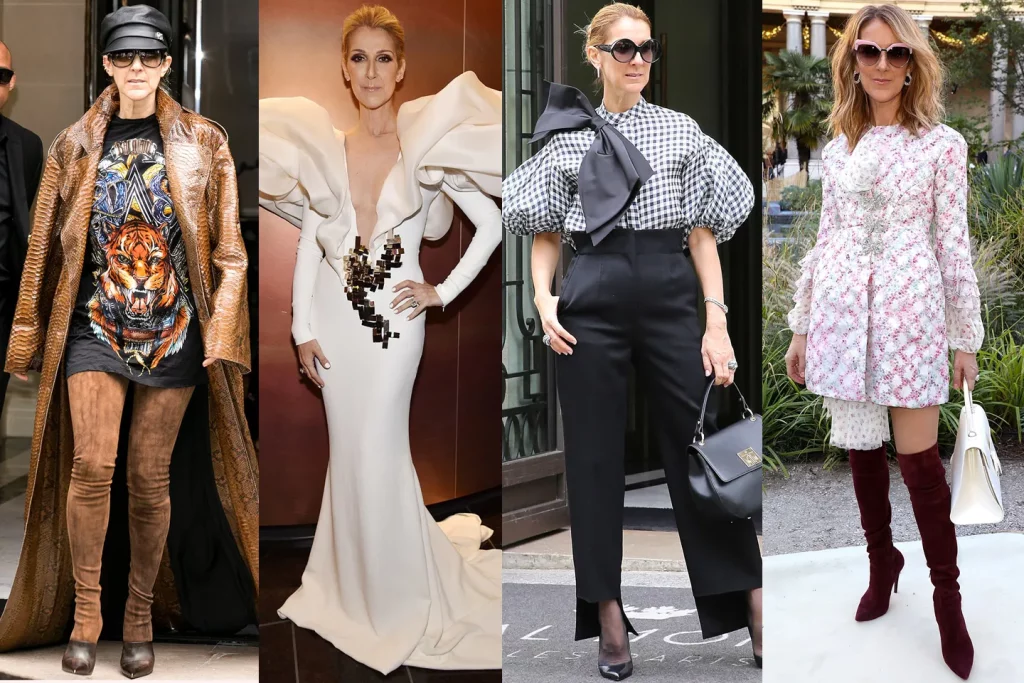The Evolution of Canadian Fashion Icons: From Icon to Influencers

Introduction to the Concept of Fashion Icons and Influencers
Fashion has always been a significant part of human culture, with trends and styles constantly evolving over time. In the world of fashion, there are certain individuals who exude style and Canadian Fashion Icons influence others with their unique sense of fashion – these are known as fashion icons.
The term “fashion icon” was first coined in the 1960s by English-born actress Audrey Hepburn. She used it to describe legendary designers such as Christian Dior and Coco Chanel, who were not only skilled artists but also served as role models for women all around the world.
Fashion icons have always held a special place in society, representing beauty, elegance, and sophistication. They inspire people through their impeccable sense of style and create new trends that shape the fashion industry for years to come.
However, with the rise of social media platforms like Instagram, a new type of influencer emerged – the fashion influencer. These individuals may not have had formal training or a famous name like traditional fashion icons but gained popularity through their online presence, mainly by sharing their daily outfits and showcasing how they incorporate different styles into their wardrobe.
Brief history of Canadian fashion and its influences
Canadian fashion has a rich and complex history that reflects the cultural diversity and changing societal norms of the country. From traditional indigenous clothing to contemporary streetwear, the evolution of Canadian fashion has been influenced by various factors such as immigration, globalization, and technological advancements.
The roots of Canadian fashion can be traced back to the indigenous peoples who have inhabited the land for thousands of years. For example, the Inuit used animal hides and furs to create warm and waterproof garments suited for their harsh Arctic climate.
With the arrival of European settlers in the 17th century, there began a fusion of Indigenous and European styles. However,
it was not until the late 19th century that Canada began developing its own unique fashion identity.
This led to a desire for more extravagant clothing among the upper class citizens which heavily influenced Canadian fashion at that time. Fashion magazines also played a significant role in shaping Canadian style during this era.
In contrast to this lavish lifestyle stood the practicality and simplicity emphasized by British immigrants who brought with them durable fabrics like wool and tweed which became popular among working-class Canadians. These influences eventually merged with
Rising Canadian fashion influencers: profiling new faces in the industry
The world of fashion is constantly evolving, and with the rise of social media, a new breed of fashion icons has emerged – the influencers. While traditional celebrities and models still hold sway in the industry, these rising Canadian fashion influencers are making waves and redefining what it means to be a style icon.
Influencers are individuals who have a strong social media presence and a large following that they can influence through their personal style and brand collaborations.
One notable rising influencer from Canada is Alyssa Lenore, founder of The Collective Magazine. With over 100k followers on Instagram, Lenore’s bold style and strong visual aesthetic have made her a sought-after collaborator for various brands. She has also used her platform to promote body positivity, diversity, and inclusivity in the fashion industry.
Another name to watch out for is Nada Adelle . This Toronto-based influencer has gained popularity for her chic yet effortless looks. Her content focuses on affordable luxury fashion finds, making high-end styles accessible to her followers. She also champions slow-fashion and sustainable shopping practices in line with her belief that “style never goes out of fashion.”
Discussion on the future of Canadian fashion icons
The future of Canadian fashion icons is a topic that garners much discussion and anticipation in the fashion industry. With the rise of social media and the growing influence of influencers, there has been a shift in how we define and perceive fashion icons. In this section, we will delve into the potential trajectory of iconic figures in Canadian fashion and their impact on the industry.
One aspect to consider when looking at the future of Canadian fashion icons is the changing landscape of media consumption. Social media platforms have become key players in shaping public perception and trends, with many influencers building large followings through Instagram, TikTok, YouTube, and other channels. These platforms have given rise to a new breed of fashion icon – one who may not necessarily have traditional training or experience in the industry but has a strong online presence and follower engagement.
This shift towards digital platforms has opened up opportunities for underrepresented voices in the Canadian fashion scene. As opposed to relying on gatekeepers such as editors or brand collaborations, these emerging icons can gain recognition through their own content creation and community-building efforts. This democratization of influence also means that traditional standards for success within the industry may no longer apply – paving the way for more diversity in terms of age, body type, race, and personal style.



